Home>Gardening & Outdoor>Landscaping Ideas>How To Kill Grass Safely
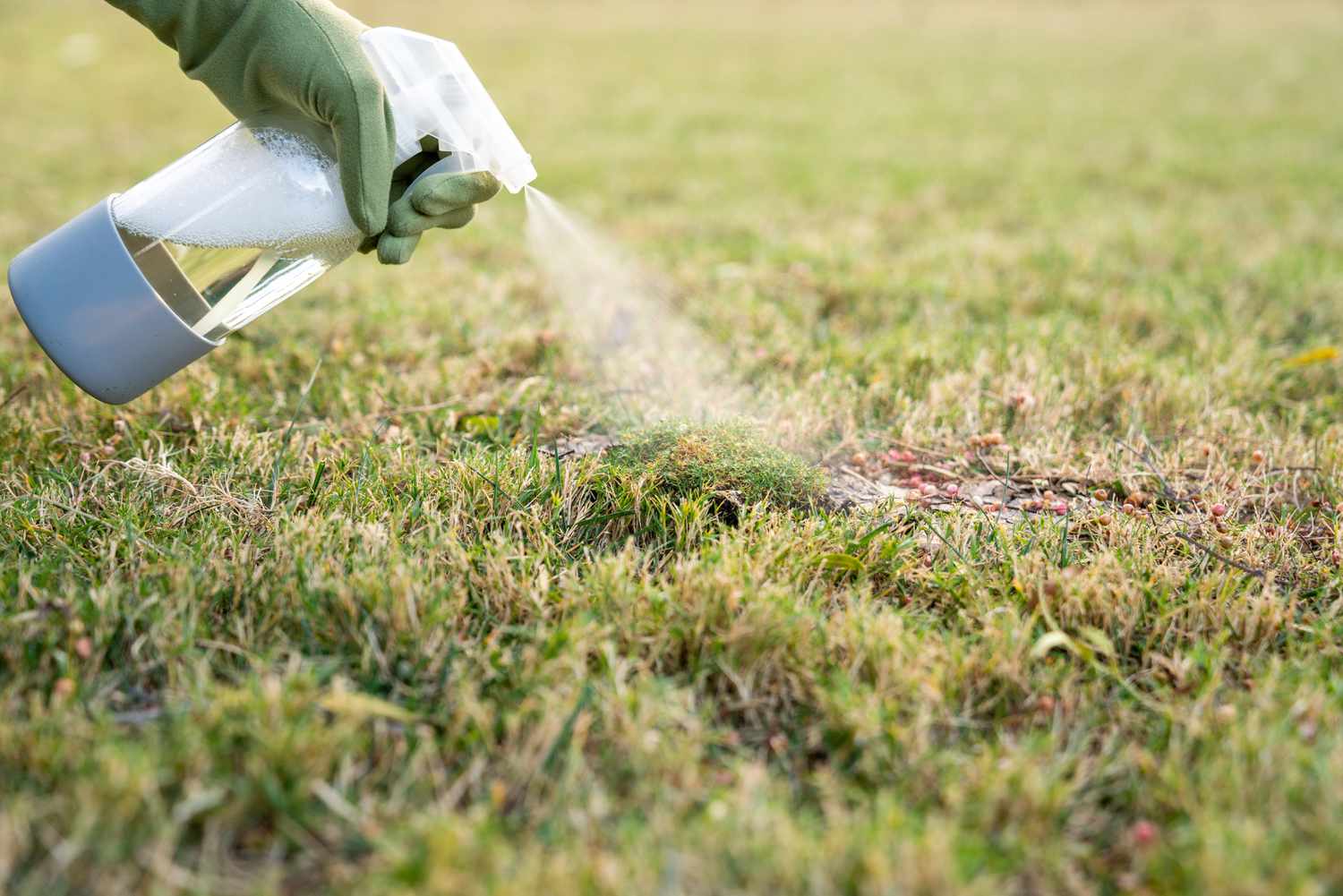

Landscaping Ideas
How To Kill Grass Safely
Modified: January 25, 2024
Learn effective landscaping ideas and methods to safely kill grass in your yard. Discover eco-friendly solutions for your lawn maintenance.
(Many of the links in this article redirect to a specific reviewed product. Your purchase of these products through affiliate links helps to generate commission for Storables.com, at no extra cost. Learn more)
Introduction
So, you've got a patch of grass that you need to get rid of. Whether you want to make space for a new garden bed, create a pathway, or just eliminate an unwanted area of grass, there are safe and effective ways to get the job done. In this guide, we'll explore various methods for killing grass without causing harm to the environment or yourself.
Understanding the different types of grass and their growth patterns is crucial in determining the most suitable approach for removal. We'll delve into natural techniques, such as smothering and solarization, as well as chemical options like herbicides. Additionally, we'll emphasize safety precautions to ensure that the process is carried out responsibly.
By the end of this article, you'll have a comprehensive understanding of how to safely and efficiently tackle unwanted grass, empowering you to transform your outdoor space according to your vision. Let's dive into the world of grass removal and discover the best methods for your specific needs.
Key Takeaways:
- Natural methods like smothering and solarization, or chemical herbicides, offer safe and effective ways to kill grass. Understanding the type of grass and prioritizing safety and environmental considerations are crucial for a successful grass elimination process.
- Whether using eco-friendly techniques or targeted herbicides, it’s important to prioritize safety and environmental consciousness when removing grass. By understanding the types of grass and choosing the right method, you can transform your outdoor space responsibly and sustainably.
Read more: How To Kill Goat Heads Without Killing Grass
Understanding the Types of Grass
Before embarking on the journey of eliminating grass, it’s essential to recognize the different varieties that may be present in your lawn. Understanding the characteristics of the grass species will aid in selecting the most effective eradication method.
Grass can be classified into two main categories: warm-season grasses and cool-season grasses. Warm-season grasses, such as Bermuda grass and Zoysia grass, thrive in hot climates and enter dormancy during the cooler months. On the other hand, cool-season grasses, including Kentucky bluegrass and fescue, flourish in moderate temperatures and retain their color during winter.
Each type of grass possesses unique growth patterns and resilience. For instance, Bermuda grass spreads aggressively through both rhizomes and stolons, making it particularly challenging to eradicate. Conversely, Kentucky bluegrass forms dense, lush tufts, creating a different set of challenges for removal.
By identifying the specific grass species in your lawn, you can tailor your approach to effectively target its vulnerabilities. This knowledge will enable you to choose the most suitable technique for eliminating the grass without causing undue harm to the surrounding environment.
With a clear understanding of the types of grass at your disposal, you can proceed to explore the various methods for safely and efficiently eradicating unwanted grass from your outdoor space.
Natural Methods for Killing Grass
When it comes to removing grass without resorting to chemicals, several natural methods can be employed to achieve effective results. These techniques not only minimize environmental impact but also offer sustainable solutions for grass elimination.
One approach involves smothering the grass using materials such as cardboard, newspaper, or mulch. By covering the targeted area with these materials, sunlight is blocked, depriving the grass of the energy it needs to survive. Over time, the lack of sunlight will lead to the grass withering and dying off, allowing for easier removal of the remaining debris.
Solarization is another natural method that harnesses the power of the sun to eliminate grass. This technique involves covering the grass with a clear plastic tarp, which traps heat and raises the soil temperature. The intense heat effectively kills the grass and its underlying roots, preparing the area for new landscaping endeavors.
For those seeking a more hands-on approach, manual removal of grass can be achieved through digging or using a sod cutter. This method is labor-intensive but can be highly effective, especially for smaller areas or localized patches of grass.
Furthermore, the application of vinegar or boiling water directly onto the grass can be a targeted and environmentally friendly way to eliminate unwanted growth. The acidity of vinegar disrupts the plant cells, ultimately leading to the demise of the grass. Similarly, pouring boiling water over the grass scalds and kills the vegetation, providing a chemical-free solution for grass removal.
By employing these natural methods, you can effectively eradicate grass from your desired areas while minimizing the use of synthetic chemicals. These eco-conscious approaches offer a sustainable and environmentally friendly means of achieving your landscaping goals.
To kill grass safely, try using a natural weed killer like vinegar or boiling water. Simply pour the vinegar directly onto the grass or carefully pour the boiling water over the grass to kill it. This method is safe for the environment and effective at killing grass.
Chemical Methods for Killing Grass
When natural methods may not provide the desired level of efficacy, chemical solutions can offer a targeted and potent approach to grass elimination. It’s essential to exercise caution and adhere to safety guidelines when using herbicides, ensuring that they are applied responsibly and in accordance with product instructions.
One common type of herbicide is a non-selective systemic herbicide, such as glyphosate. These herbicides work by translocating throughout the plant, effectively killing it from the leaves down to the roots. Non-selective herbicides eradicate all vegetation they come into contact with, so it’s crucial to apply them with precision to avoid harming desirable plants.
Selective herbicides, on the other hand, target specific types of grass while leaving other plants unharmed. For instance, grassy weed killers containing sethoxydim are designed to eliminate grassy weeds like crabgrass and quackgrass without affecting broadleaf plants. Selective herbicides offer a more tailored approach, making them suitable for lawns and gardens where specific grass species need to be removed.
Pre-emergent herbicides are effective for preventing grass seeds from germinating, making them a valuable tool for long-term grass control. By applying pre-emergent herbicides at the appropriate times, you can inhibit the growth of new grass, reducing the need for frequent maintenance and eradication efforts.
It’s important to note that herbicides should be used judiciously and in accordance with local regulations. Prior to using any chemical treatments, it’s advisable to research and understand the potential impact on the environment and neighboring vegetation. Additionally, protective gear, such as gloves and goggles, should be worn when handling and applying herbicides to minimize exposure and ensure personal safety.
By leveraging chemical methods for killing grass, you can effectively target specific areas and types of grass, achieving precise and potent results. When used responsibly and in conjunction with safety measures, herbicides can provide an efficient solution for grass elimination in various landscaping scenarios.
Safety Precautions and Environmental Considerations
When embarking on the task of eliminating grass, it’s crucial to prioritize safety and environmental consciousness throughout the process. Whether utilizing natural or chemical methods, taking appropriate precautions ensures the well-being of both individuals and the surrounding ecosystem.
For natural methods such as smothering and solarization, it’s important to handle materials such as cardboard, newspaper, and plastic tarps with care. Additionally, when manually removing grass or applying natural remedies like vinegar or boiling water, using protective gloves can prevent skin irritation and burns, promoting a safe working environment.
When employing chemical herbicides, it is imperative to read and follow the product labels and safety instructions meticulously. Protective gear, including gloves, goggles, and long-sleeved clothing, should be worn to minimize direct contact with the herbicide. Furthermore, it’s advisable to avoid applying herbicides on windy days to prevent unintended drift onto desirable plants or neighboring areas.
Environmental considerations play a significant role in grass elimination efforts. When using chemical herbicides, it’s essential to be mindful of their potential impact on the surrounding flora and fauna. Selective herbicides should be carefully targeted to the specific grass species, while non-selective herbicides require precise application to avoid unintended damage to desirable plants.
Additionally, being aware of local regulations and guidelines regarding herbicide use is essential to ensure compliance with environmental standards and safeguard the broader ecosystem. Proper disposal of herbicide containers and any leftover chemicals is critical to prevent contamination of soil and water sources.
Furthermore, considering alternative landscaping approaches, such as creating natural habitats or incorporating native plant species, can contribute to the preservation of biodiversity and ecological balance. By embracing sustainable landscaping practices, you can enhance the environmental integrity of your outdoor space while achieving your desired aesthetic and functional goals.
By prioritizing safety measures and environmental mindfulness, you can approach grass elimination with a conscientious and responsible mindset. Whether opting for natural or chemical methods, integrating these considerations into your approach will ensure a safe, sustainable, and environmentally conscious process.
Conclusion
As you navigate the realm of grass elimination, it’s evident that a diverse array of methods exists to suit various preferences and requirements. Understanding the types of grass present in your lawn empowers you to select the most effective approach for targeted removal, whether it be warm-season grasses like Bermuda grass or cool-season varieties such as Kentucky bluegrass.
Natural methods, such as smothering, solarization, and manual removal, offer eco-friendly and sustainable means of eliminating grass without resorting to synthetic chemicals. These techniques provide effective solutions while minimizing environmental impact and promoting a harmonious outdoor ecosystem.
On the other hand, chemical methods, including non-selective and selective herbicides, offer potent and precise options for grass eradication. When used responsibly and in accordance with safety guidelines, herbicides can be valuable tools for addressing specific grass species or preventing future growth in targeted areas.
Throughout the grass elimination process, prioritizing safety precautions and environmental considerations is paramount. Whether handling materials, applying herbicides, or considering the broader ecological impact, conscientious decision-making fosters a safe and sustainable approach to landscaping endeavors.
Ultimately, the journey of removing grass is not merely about altering the physical landscape but also about nurturing a space that aligns with your vision while respecting the natural environment. By integrating a blend of natural and chemical methods, alongside safety measures and environmental mindfulness, you can embark on a transformative landscape project with confidence and responsibility.
As you embark on your grass elimination journey, consider the unique attributes of your outdoor space, the specific grass species present, and the most suitable method to achieve your landscaping goals. By doing so, you can embrace a holistic approach that harmonizes your vision with the well-being of the environment, creating a space that is both aesthetically pleasing and ecologically sustainable.
Frequently Asked Questions about How To Kill Grass Safely
Was this page helpful?
At Storables.com, we guarantee accurate and reliable information. Our content, validated by Expert Board Contributors, is crafted following stringent Editorial Policies. We're committed to providing you with well-researched, expert-backed insights for all your informational needs.
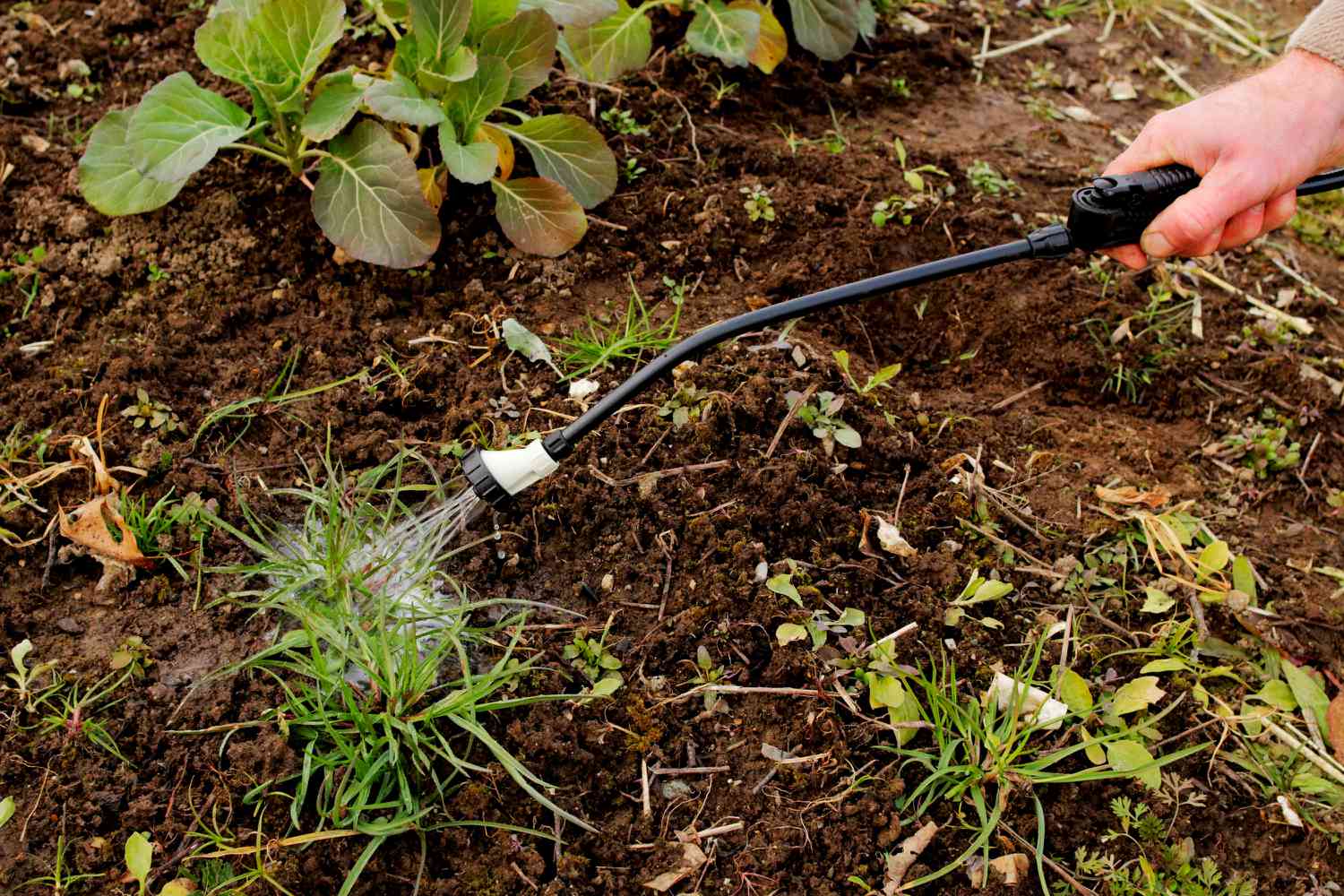
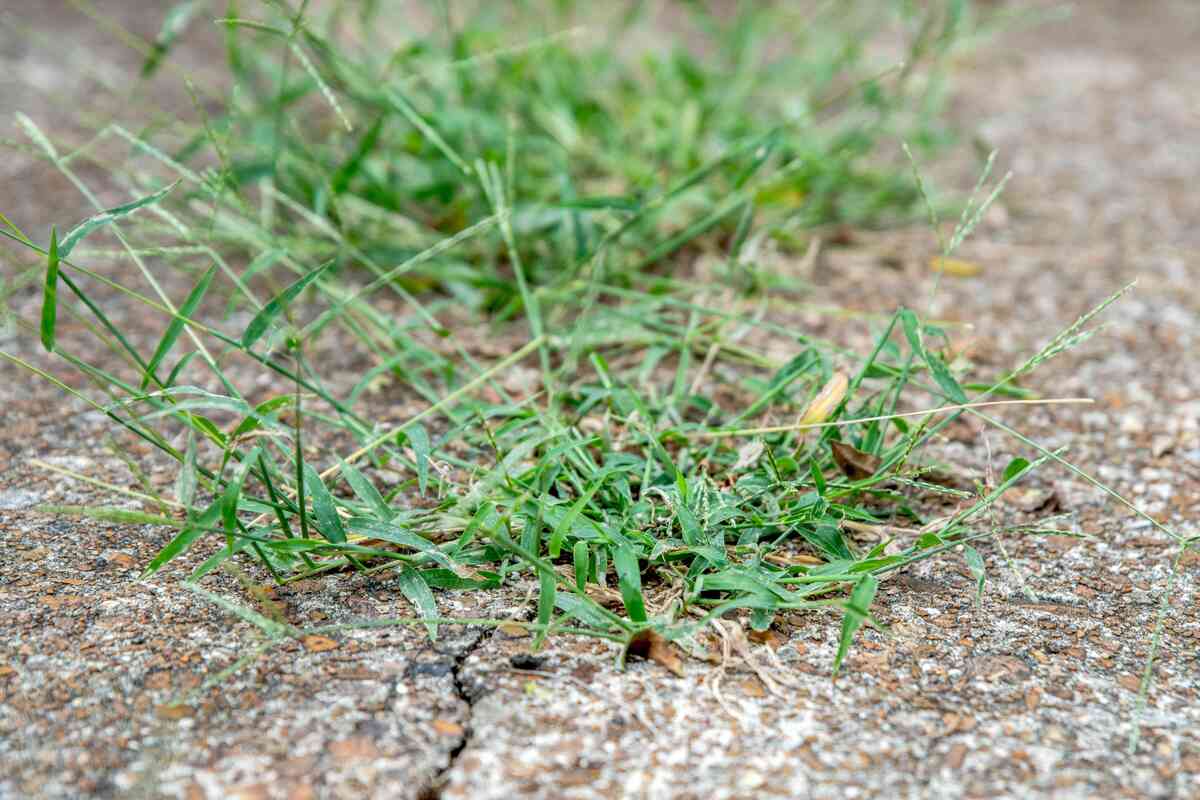
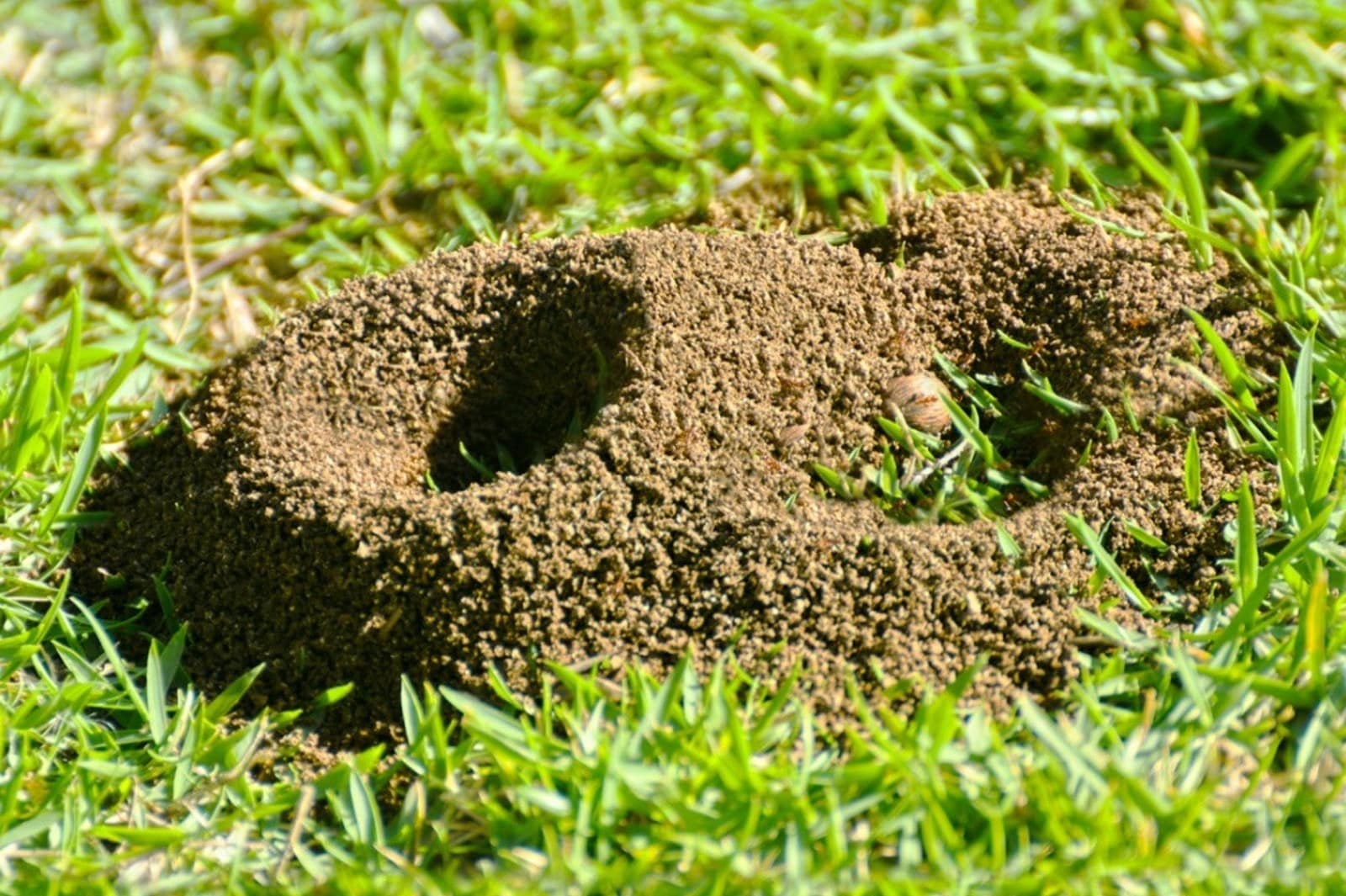
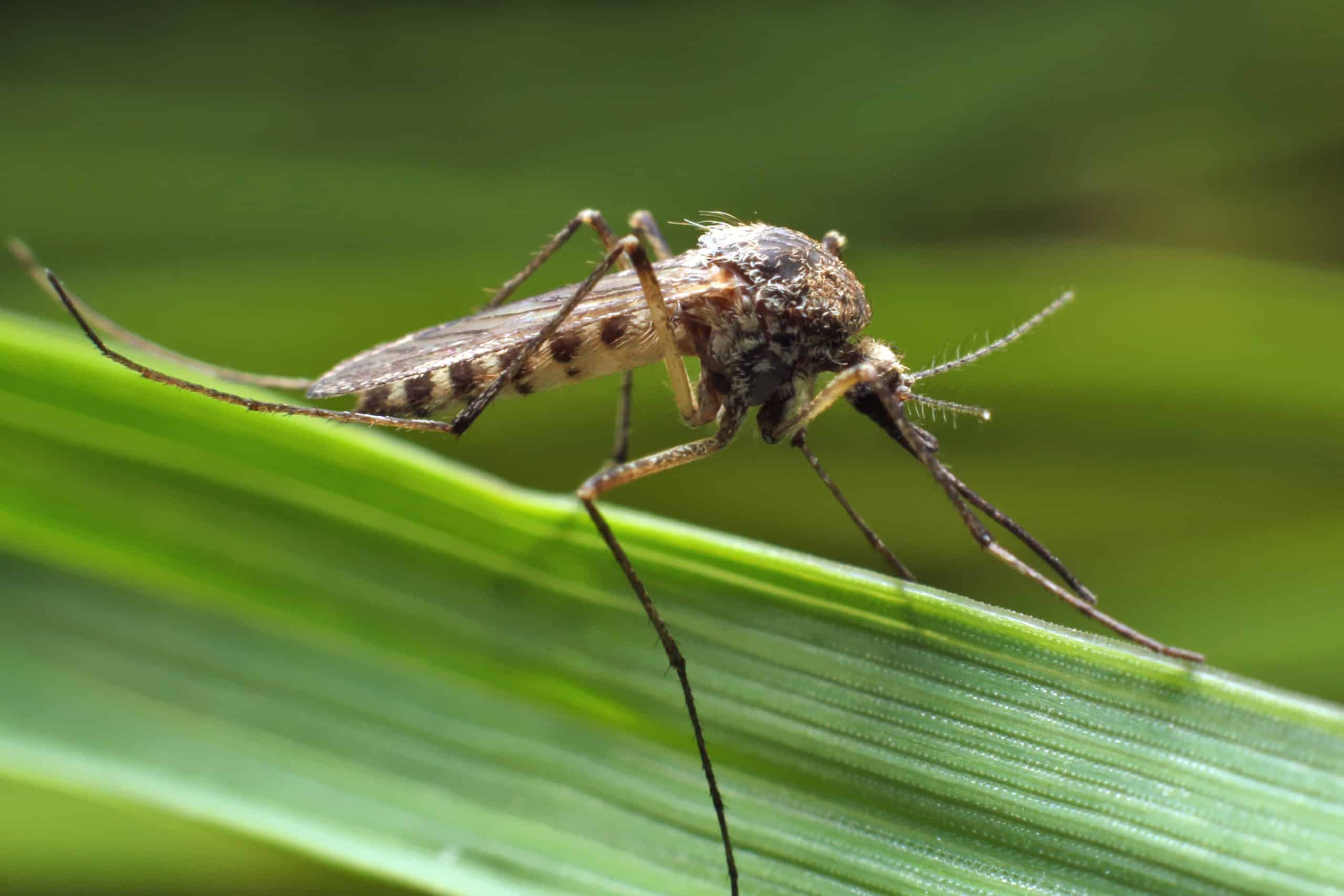
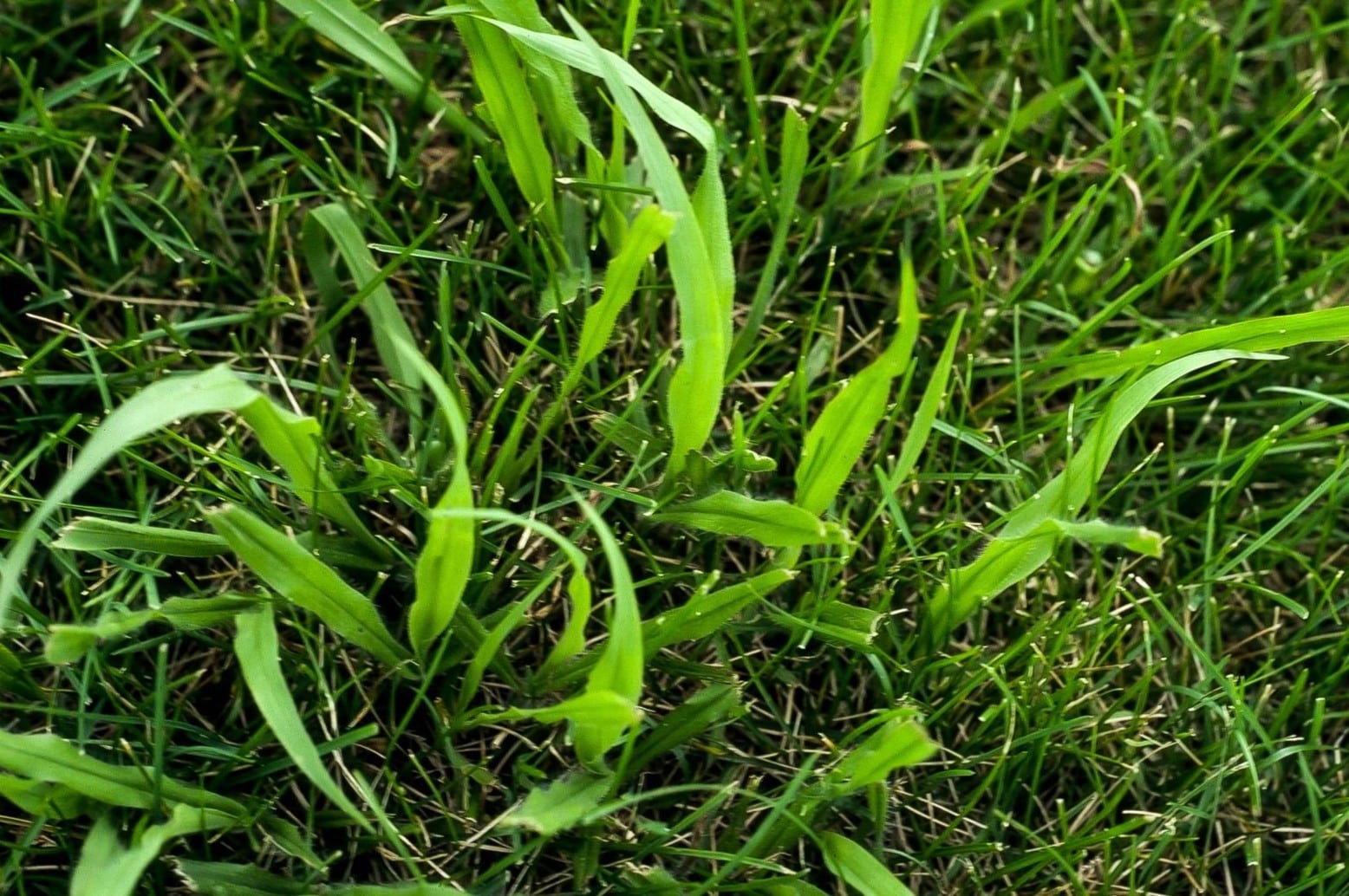
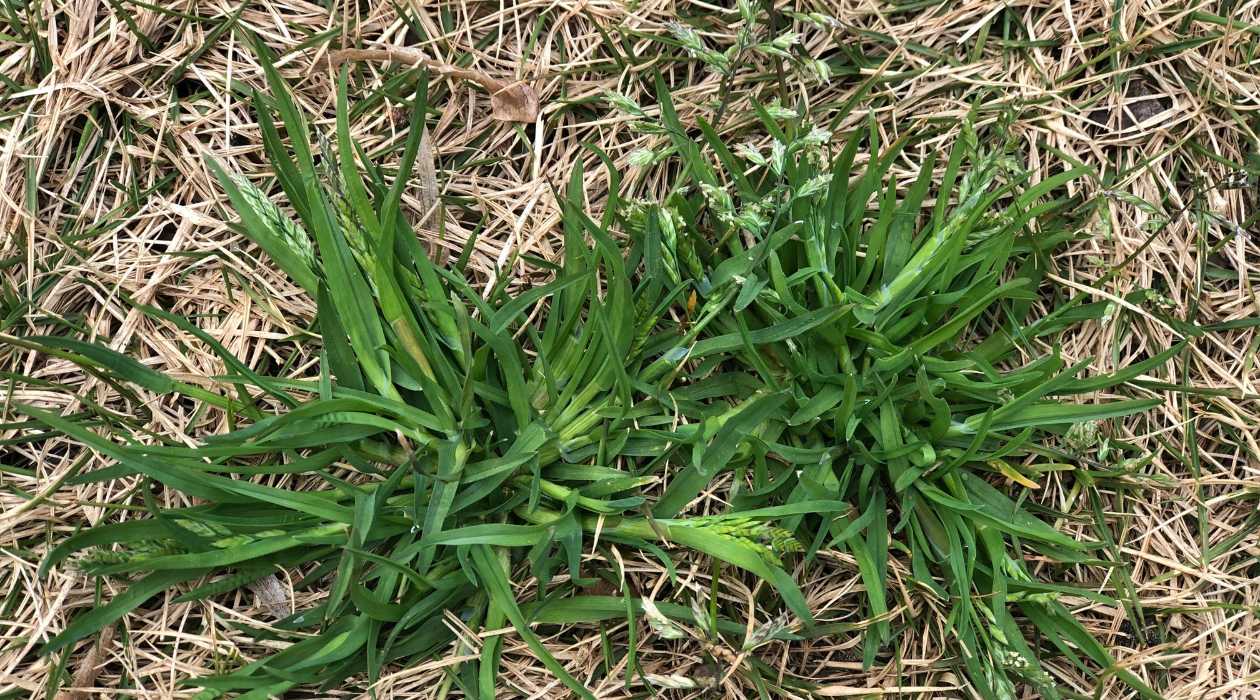
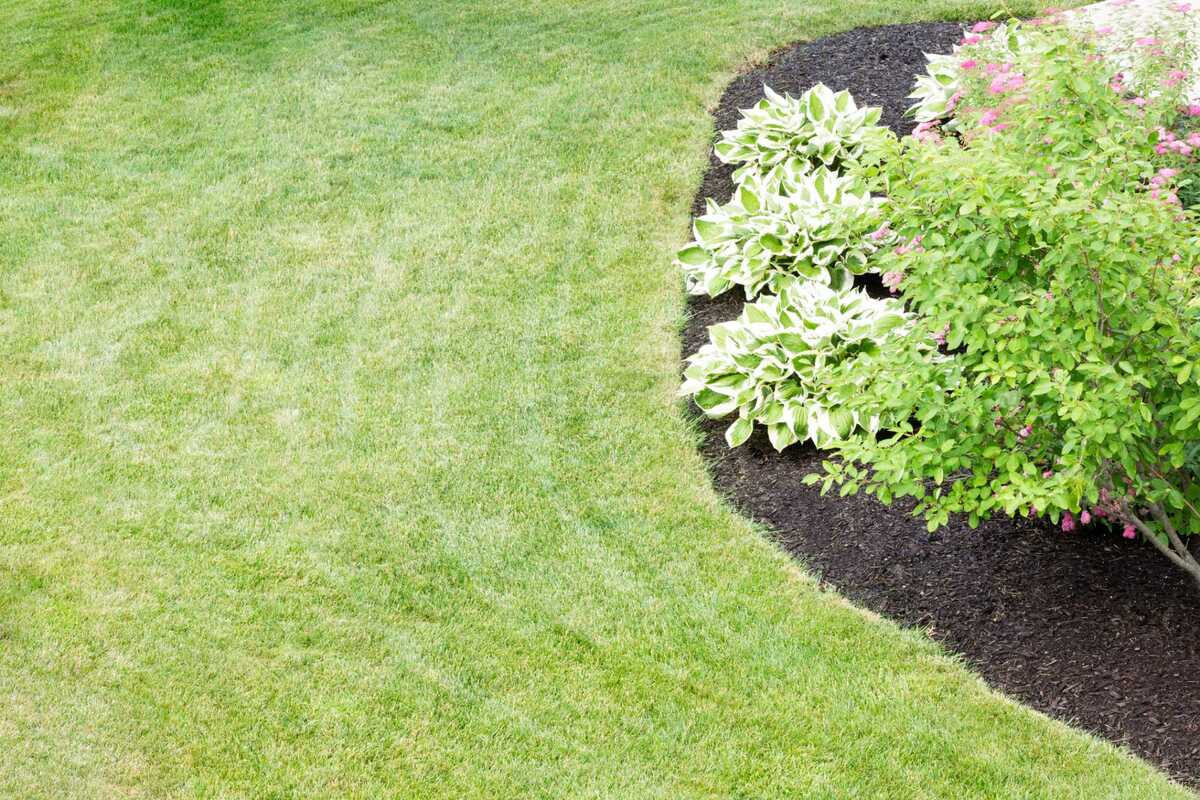

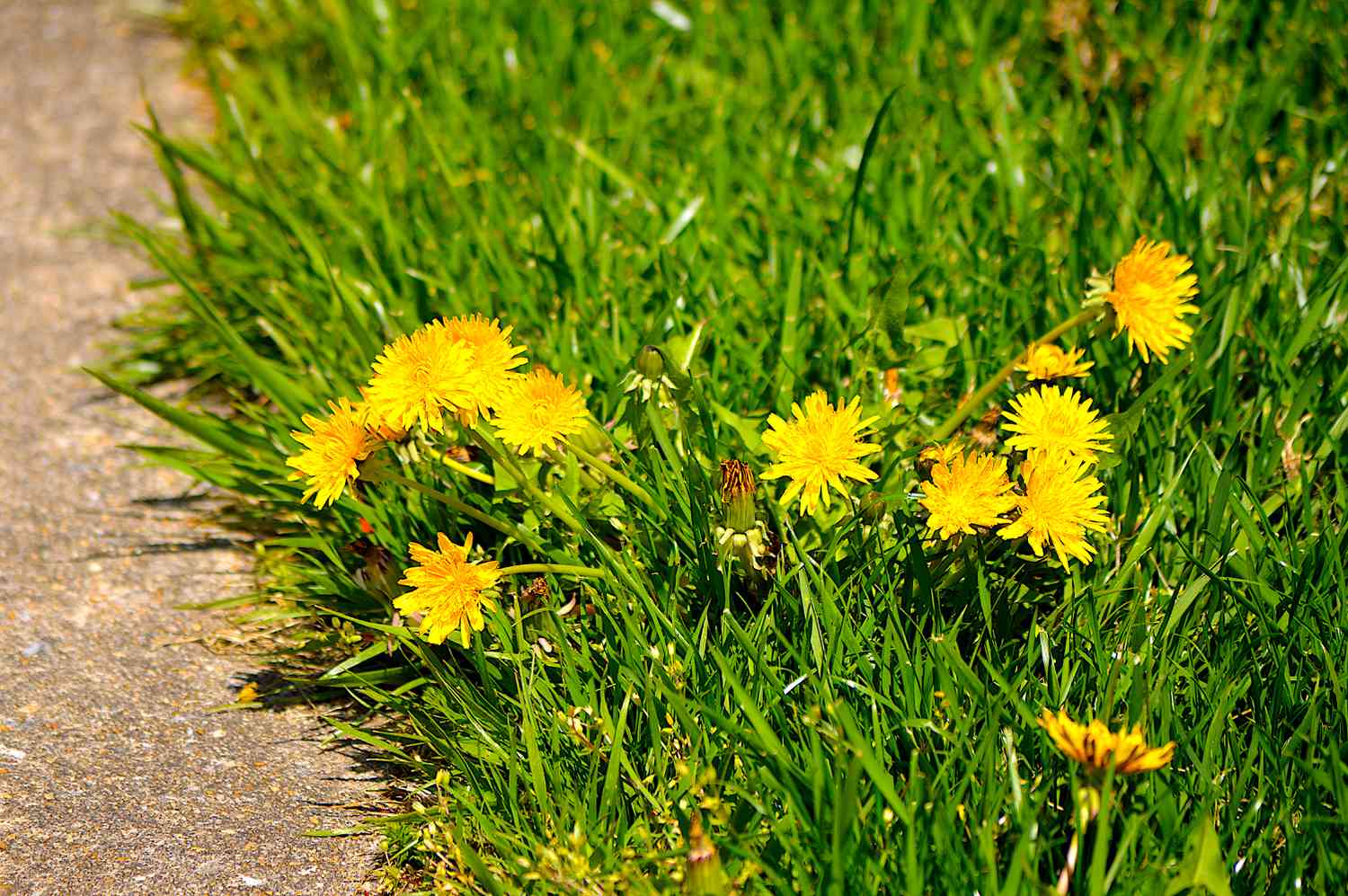
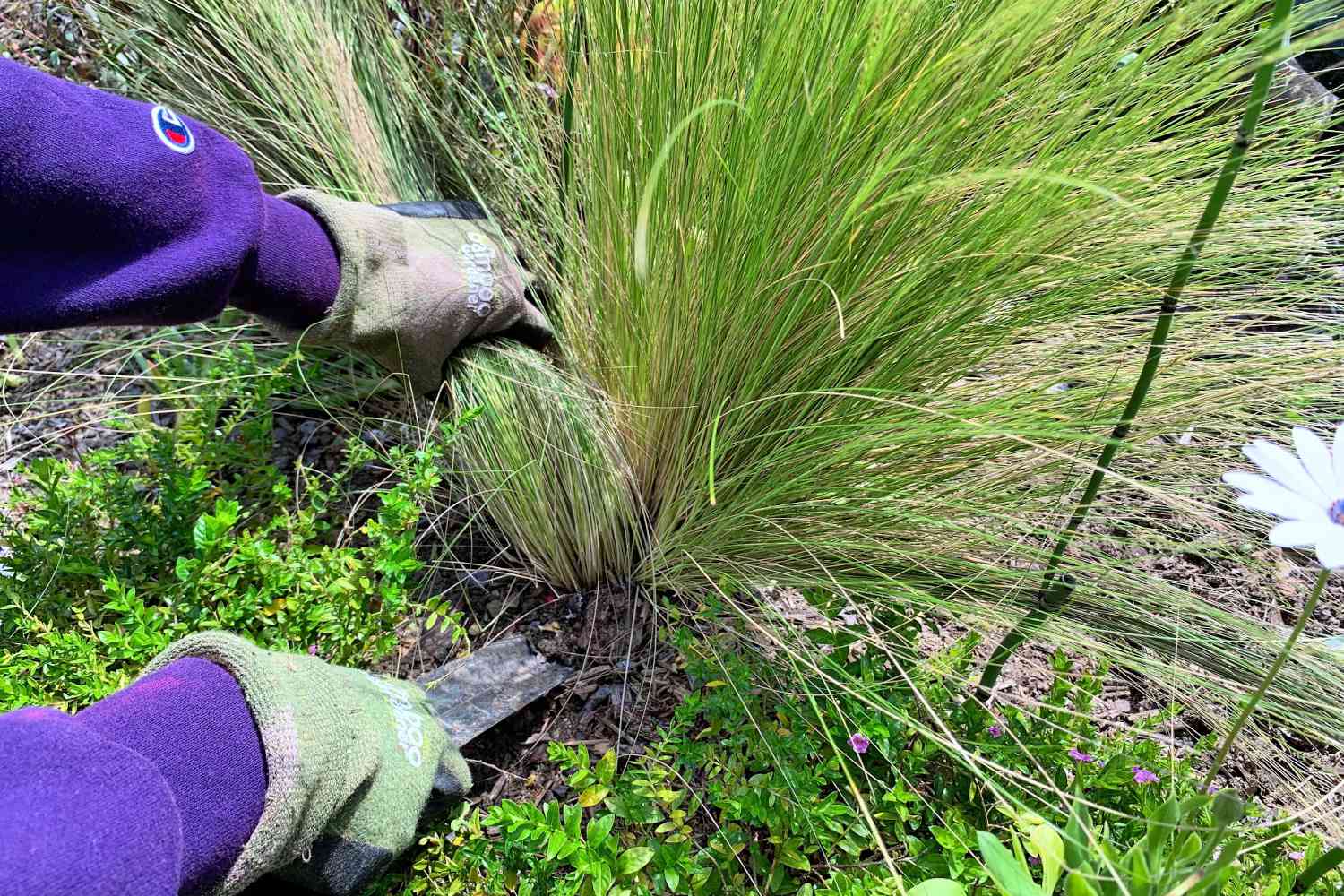
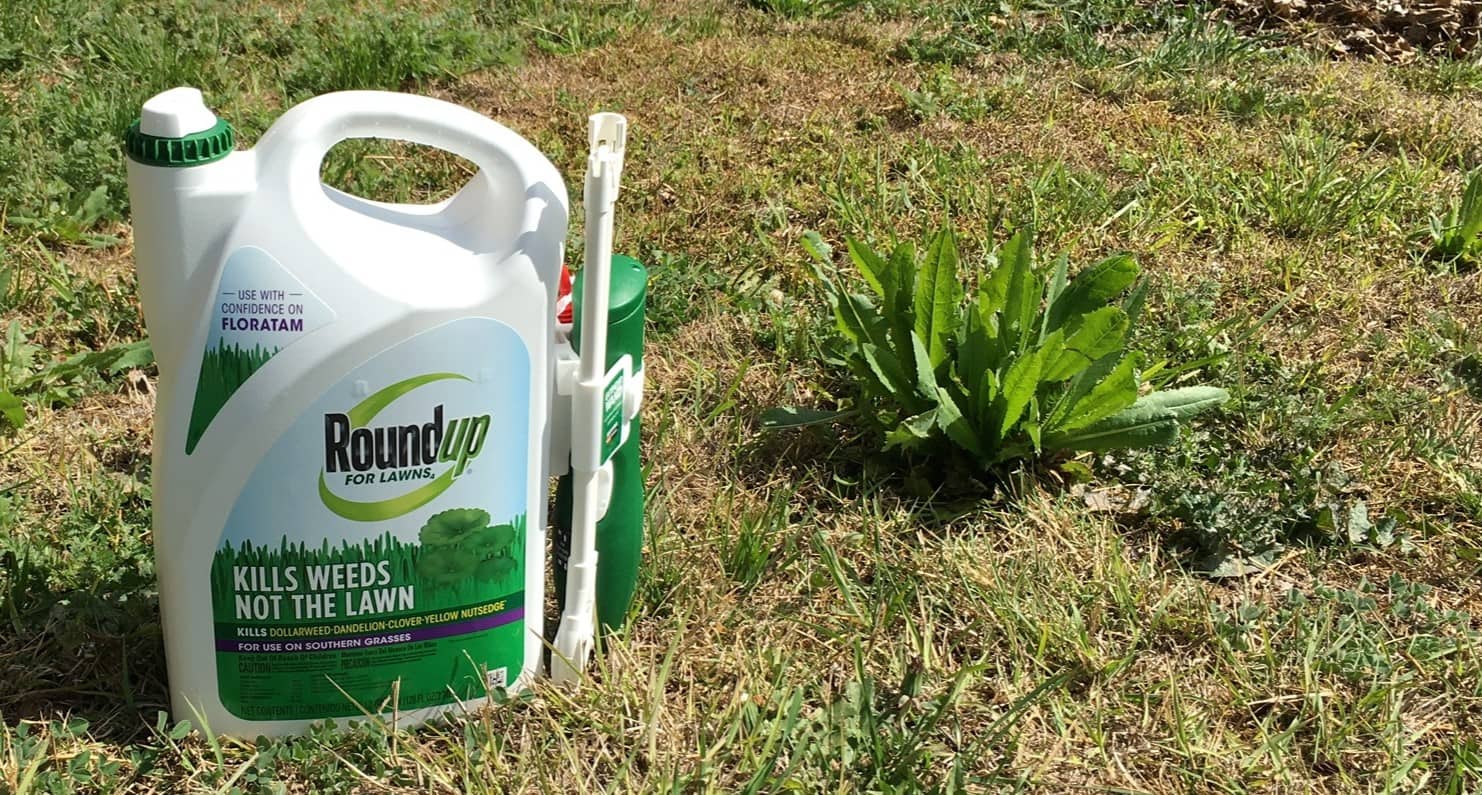
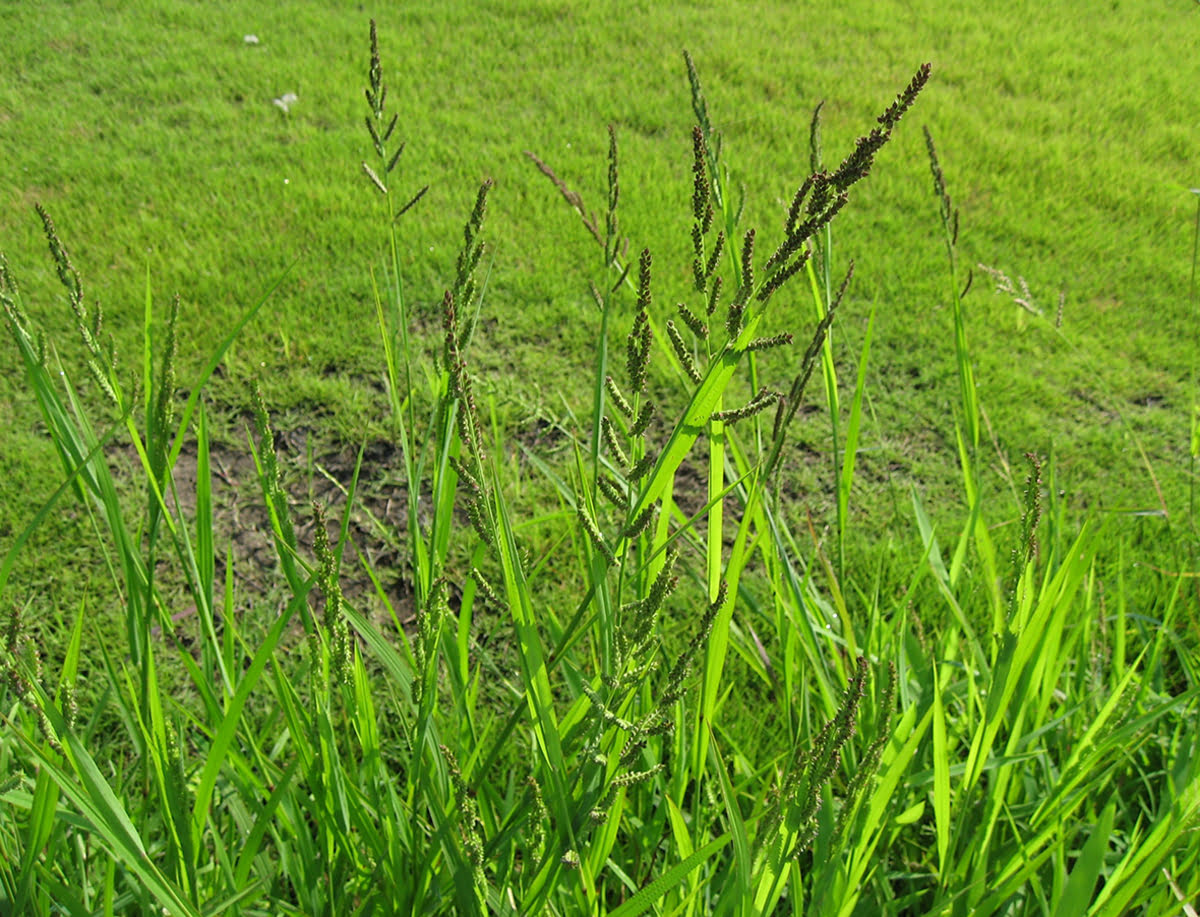
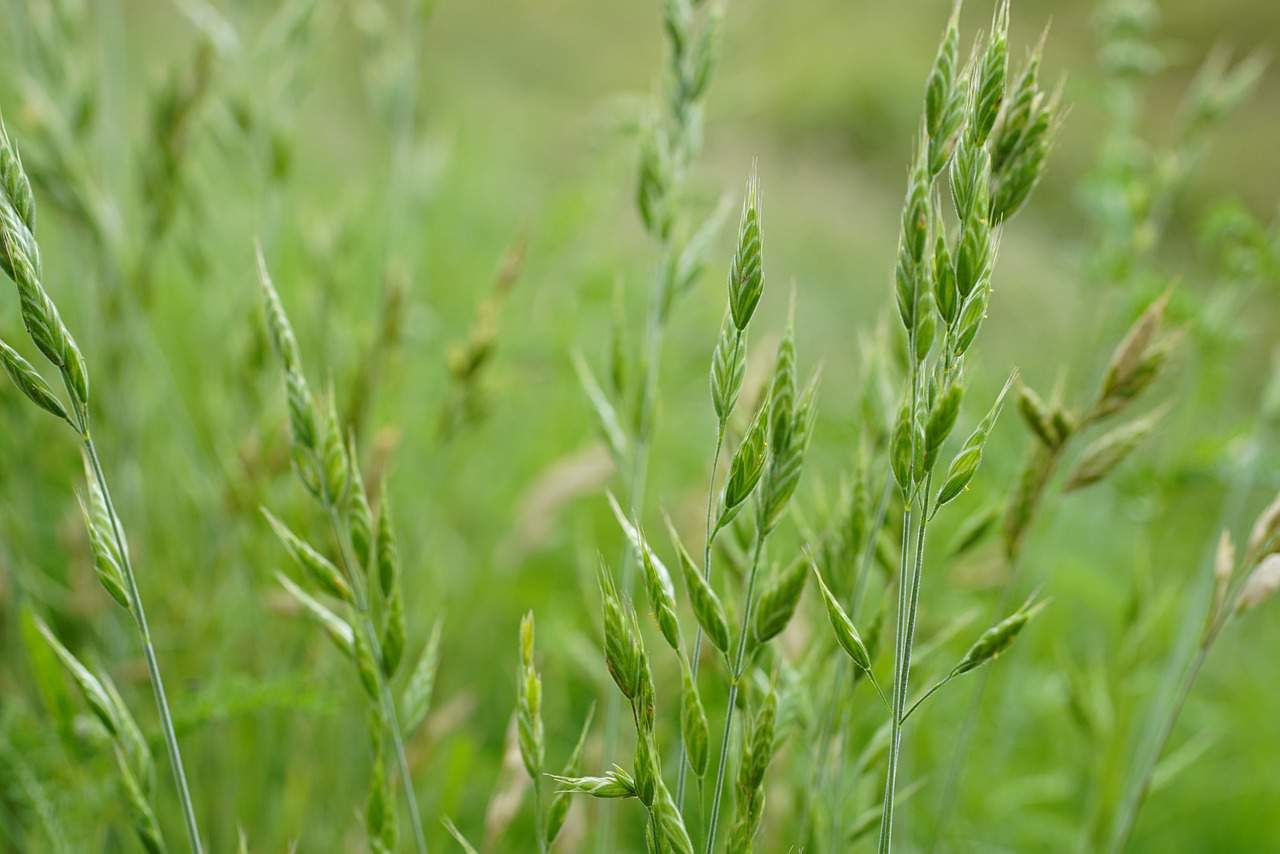
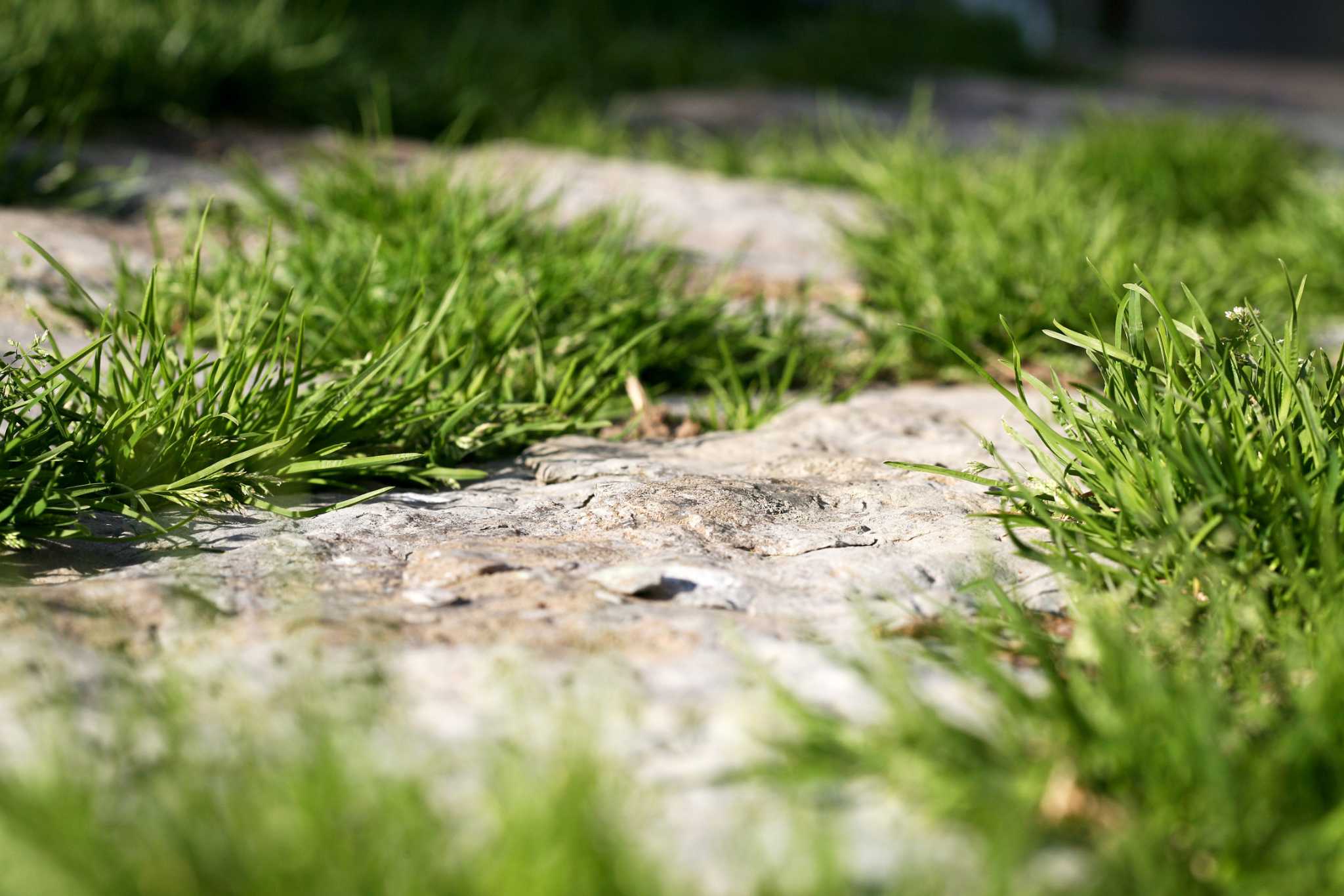

0 thoughts on “How To Kill Grass Safely”